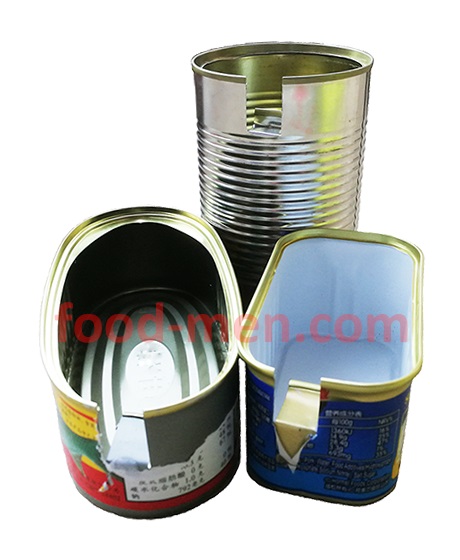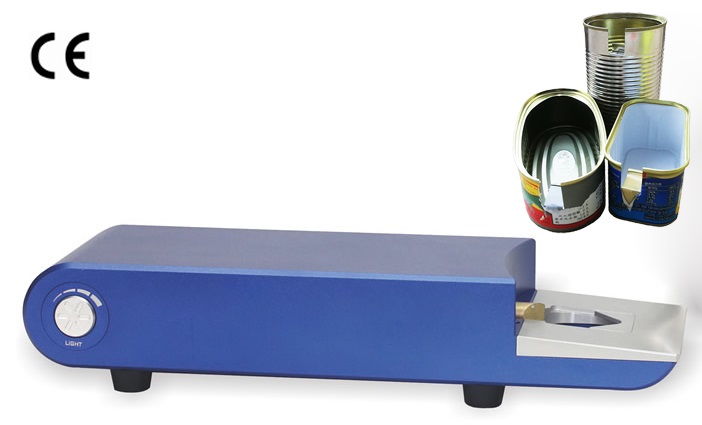YGTQ-1 Can Double Seam Inspection System
Item No.: YYGTQ-1-4351
This double seam inspection system of the can is a testing instrument for anatomic double seam, is indispensable equipment for the testing of the can.
| Product parameters |
| Product Name: |
Can Double Seam Inspection System |
| Model Number: |
YGTQ-1 |
| Brand: |
FOOD EYES |
| Minimum Order Quantity: |
You can order part of the can double seam inspection system. |
| Price: |
The price is determined according to the parameters and quantity of the order. |
| Supply Ability: |
20 can double seam inspection systems per month |
| Place of Origin: |
China |
INQUIRY

